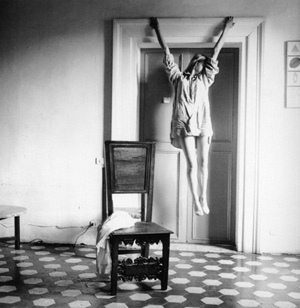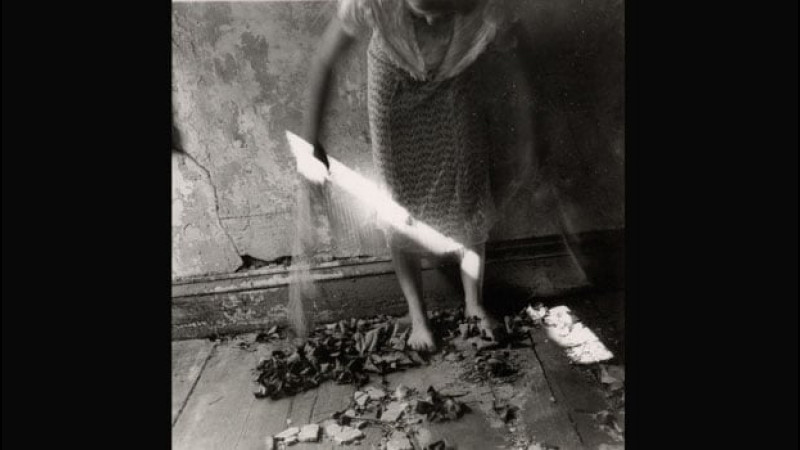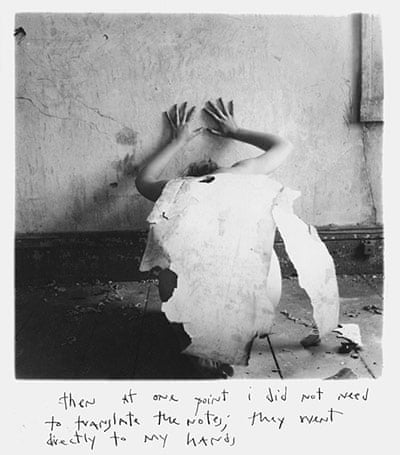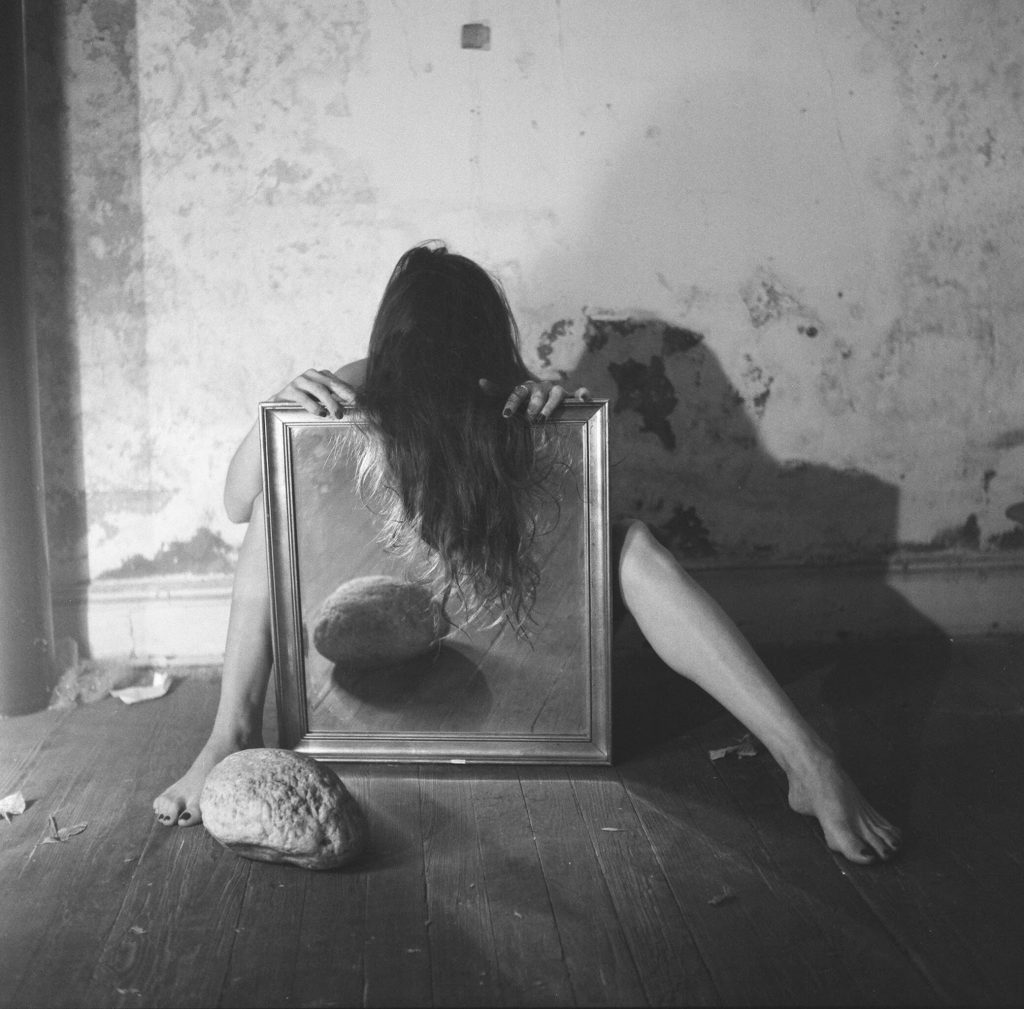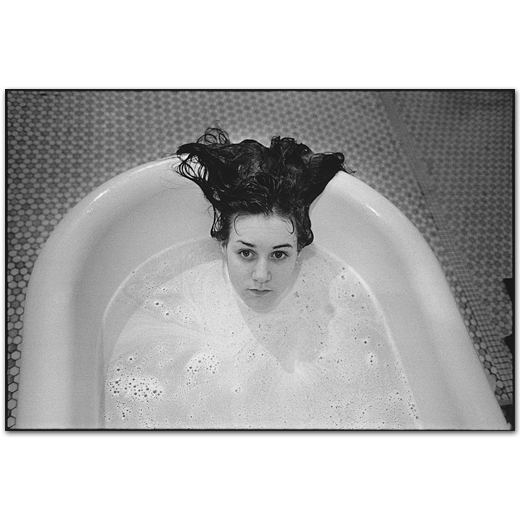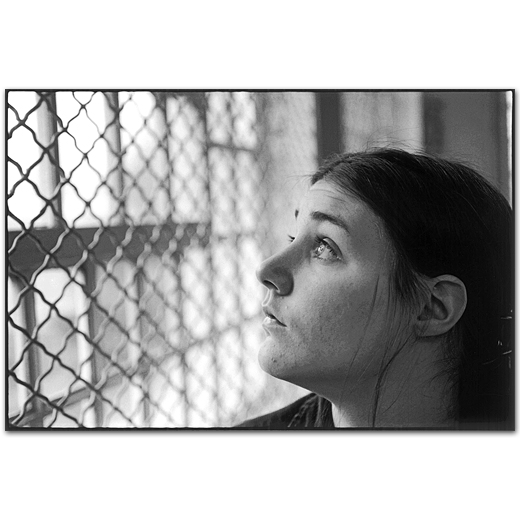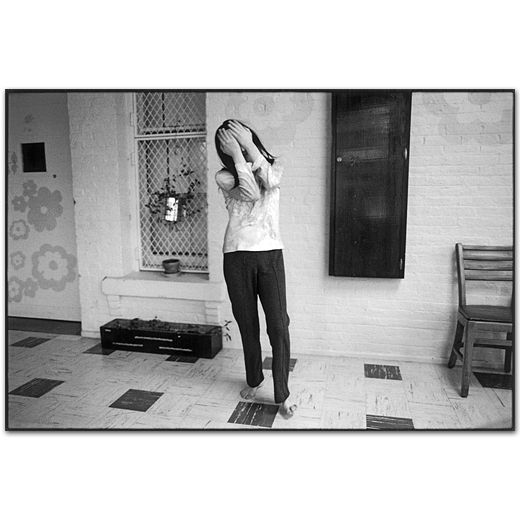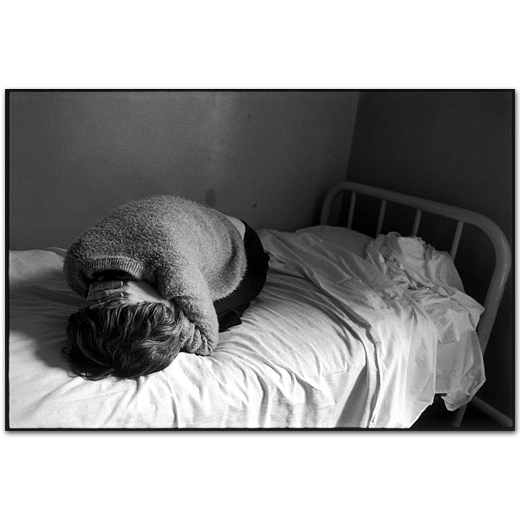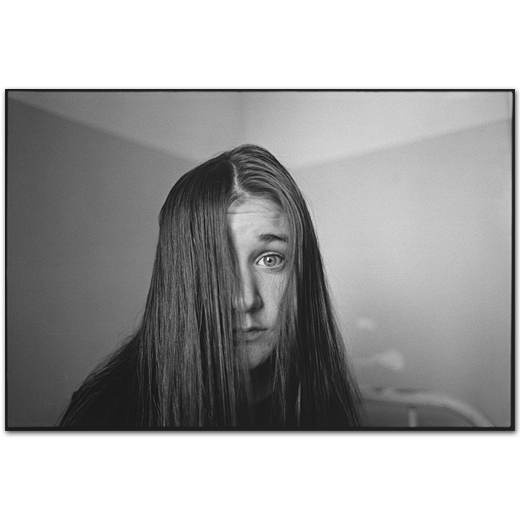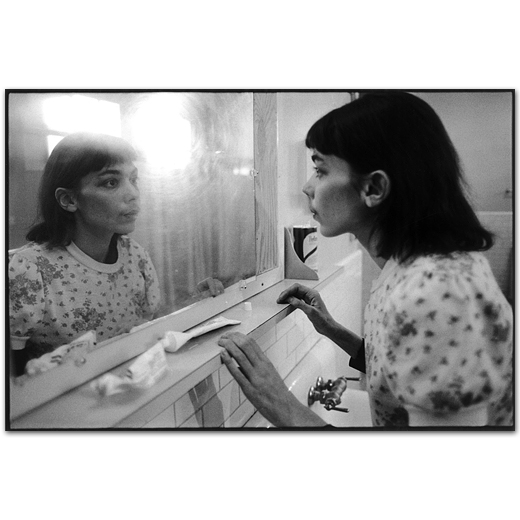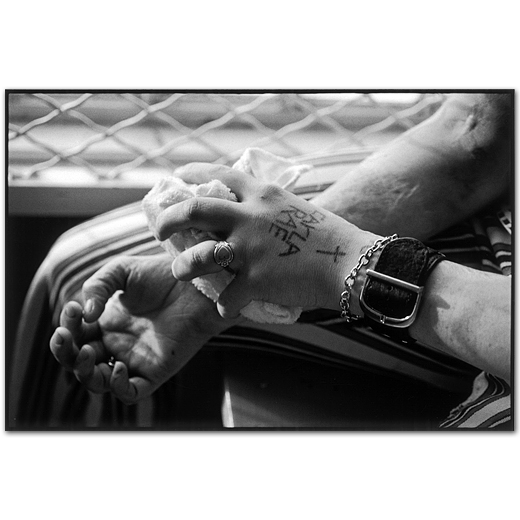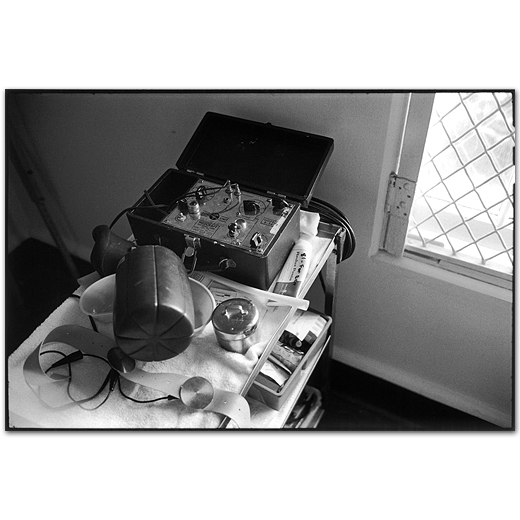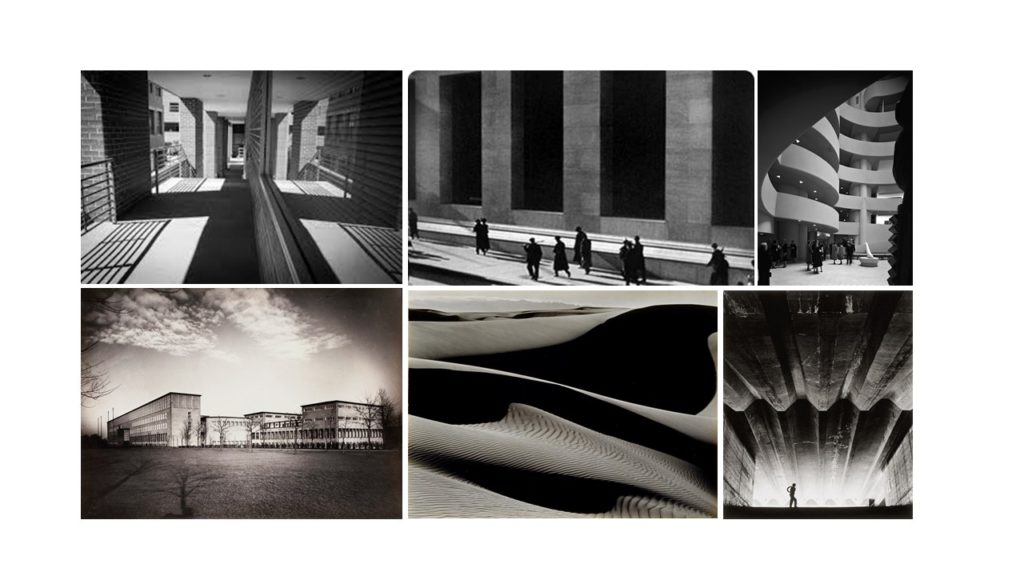HARVARD SYSTEM OF REFERENCING:
EXAMPLE:
Sherman, C, Published: 2006, Retrospective, New York: Thames & Hudson Inc.
~~~~~own writing~~~~~ (critic/art historian etc.) says: “Drawing on feminism as well as phenomenology, I also suggest here that Sherman’s work participates in a particular mode….” (Sherman, 2006, 33 (page No.)), ~~~~~comment/state opinion on what the author has said~~~~~
POIGNANT QUOTES:
“Daguerre’s technique gave a unique image: it could only be copied by being rephotographed – something that already suggests photography’s complicated relationship with reality.” (Bright, S. and Van Erp, H. 2019: 17)
“for the lack of human subjectivity makes it an example of ‘true reality’.” (Bright, S. and Van Erp, H. 2019: 18)
“The binding principle of photography, however, remains its relationship to reality, especially when at question is documentary photography or a picture in the news media.” (Bright, S. and Van Erp, H. 2019: 18)
“One can then ask: what are the differences between reality and witness and points of view?” (Bright, S. and Van Erp, H. 2019: 18)
“The appeal of this work lies in the use of documentary elements in combination with the artist’s obsession and the sense of voyeurism that this evokes.” (Bright, S. and Van Erp, H. 2019: 18)
“Initially described as a means of capturing freezing ‘real life’, it has gradually taken on an ever more ambiguous, complicated and fraught character as our ability to modify and share images has exponentially increased.” (Bright, S. and Van Erp, H. 2019: 18)


